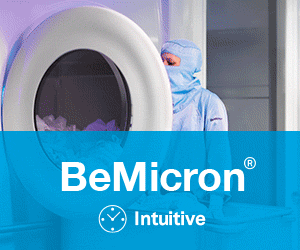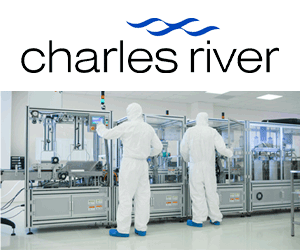The revision to USP <797> that became official on November 1, 2023, brought more frequent viable surface sampling requirements that affected all sterile compounders. However, those who compound Category 1 and Category 2 sterile preparations are still only required to collect viable air samples in the classified environments every 6 months.
With this infrequent collection, many locations are outsourcing this sample collection to a certification company who, in turn, outsources the incubation and analysis to a contract microbiology laboratory.
The report generated by the contract microbiology laboratory is highly anticipated because it provides insight into the microbial state of control of the sterile compounding area. Unfortunately, much of the report is skimmed over, especially if all sample counts were below action levels. Errors in testing and reporting are not uncommon, and it is critical for sterile compounders to know what to look for on their viable sampling reports.
Error 1 – Identifications not done to the genus level
USP <797> requires that any viable air or surface sample that exceeds the established action level has all recovered microorganisms identified to the genus level. It is critical that individuals reviewing viable sampling reports understand the difference between a microbial identification and microbial characterisation.
USP <1113> Microbial Characterization, Identification, and Strain Typing defines this difference:




